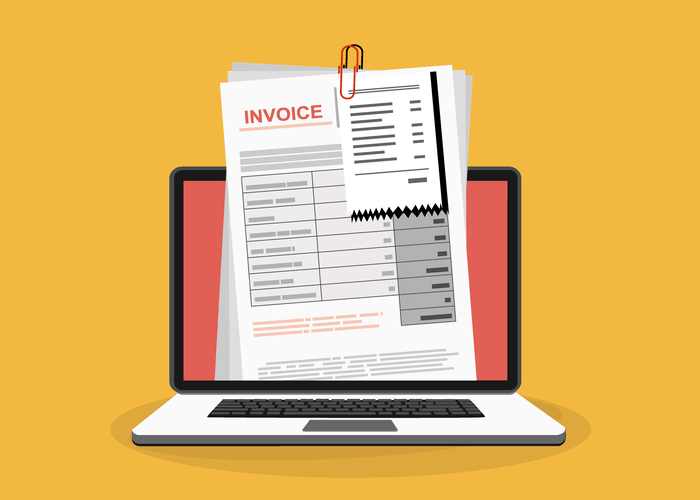
Shares outstanding and weighted average shares are both numbers that can help an investor understand how well a company performs over time. The float, for instance, has no bearing on market capitalization or earnings per share. But the supply of shares in the market can have a bearing on trading dynamics. In certain cases, notably for companies that are aggressively issuing shares or debt, public data should be augmented with a reading of SEC filings. But for mature companies with relatively little movement in share count (either basic or diluted), quarterly and annual data from public sources should easily suffice for solid fundamental analysis.

Shares Outstanding in Financial Metrics
Restricted shares are the shares owned by the company’s management or employees. Get instant access to lessons taught by experienced private equity pros and bulge bracket investment bankers including financial statement modeling, DCF, M&A, LBO, Comps number of outstanding shares formula and Excel Modeling. Stocks that have a smaller float are generally more volatile than stocks with a larger float due to their limited availability. Investors may demand more shares than are available, resulting in the price of the shares increasing.
Issued Shares: Definition, Example, Vs. Outstanding Shares
Investing in the stock market is a lucrative way of life that can enable people who are not ready to start their own businesses to profit from existing firms. This means that as a shareholder, you are entitled to part of the company’s profits through dividends and increased value if the company’s overall worth rises. This net profit is sometimes referred to as the bottom line or simply profit. It is one of the most important pieces of financial information about a company because it signals whether that business is making money or running at a loss. Earnings per share is an extremely vital business statistic used to entice, persuade, and demonstrate to investors the advantages of putting their money into a particular firm.
Importance of a Weighted Average of Outstanding Shares
- For many companies, however, even those executing buybacks, the number of outstanding shares and the number of issued shares is the same.
- And so in theory (and often in practice), highly-shorted stocks with a low float present ripe conditions for a so-called “short squeeze”.
- Not to be confused with authorized shares, outstanding shares refer to the number of stocks that a company has issued.
- At the time, GE discussed plans to split into three companies and to divest from many businesses.
- To understand the differences between outstanding shares and float, we first need to understand the types of shares.
- For example, when shares outstanding are going up, the ownership stake of shareholders is diluted.
Issued shares is the total number of shares a company can issue in the market. Overall, the shares outstanding offer a snapshot of a company’s equity structure and provide insights into its financial strategies. It is a key https://www.bookstime.com/ data-point that is widely used when making investment decisions. For instance, a company with 1 million shares outstanding might only have 300,000 shares as float if the rest are locked in by insiders and institutions.

The term “float” refers to the number of shares available to be traded by the public and excludes any shares held by company executives or the company’s treasury. For blue chip stocks, multiple stock splits over decades contribute to market capitalization growth and investor portfolio expansion. However, simply increasing outstanding shares isn’t a guarantee of success; companies must consistently deliver earnings growth to achieve sustained investor confidence.
- A pro forma or continuing earnings per share is a variant of earnings per share that excludes one-time events and extraordinary occurrences.
- Then divide that amount by the average number of outstanding common shares.
- When you buy stock in a company, you are buying an ownership stake, which is issued as a share of stock.
- Stock splits are usually undertaken to bring the share price of a company within the buying range of retail investors; the increase in the number of outstanding shares also improves liquidity.
- On the other hand, the fully diluted shares outstanding calculation takes into account diluting securities such as convertibles (warrants, options, preferred shares, etc.).
- The weighted average can calculate significant financial metrics more accurately, like earnings per share for a specific period.
The shares available to investors on the open market are commonly called the float. In general, stocks with low floats will experience more volatility than those with large floats. Other companies may explicitly list their outstanding shares as a line item in the equity section of their balance sheet.

HOW THE MOTLEY FOOL CAN HELP YOU
Earnings per share is an important metric used by investors and analysts to evaluate a company’s financial performance. It can be calculated using different methodologies, which is important to keep in mind when comparing companies across industries. Because it represents the actual cash paid to shareholders, potential investors pay close attention to cash earnings per share. When a company has enough profit to pay shareholders but chooses not to, Retained earnings per share is the amount of money that would have gone to shareholders. To calculate basic earnings per share, diluted earnings per share is used in firms with a complicated financial structure. As the name suggests, convertible preferred shares can be transformed into common shares if the shareholder desires.

